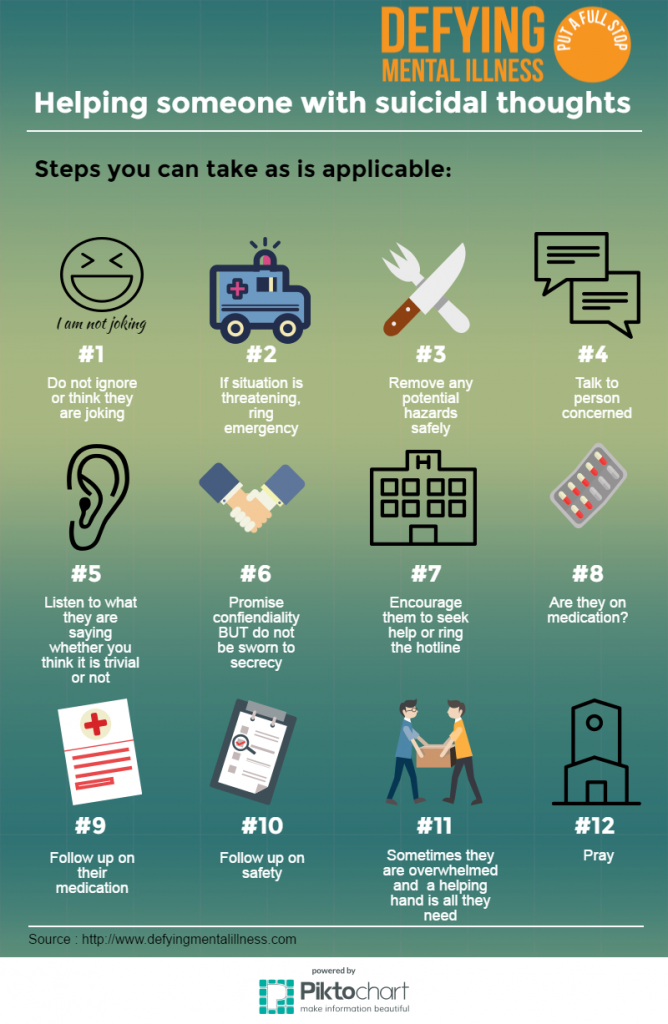How Does Exercise Affect Mental Health
How Does Exercise Affect Mental Health
Blog Article
How Do Mood Stabilizers Job?
Mood stabilizers help to soothe areas of the mind that are impacted by bipolar affective disorder. These medications are most reliable when they are taken frequently.
It may take a while to find the appropriate drug that works best for you and your medical professional will certainly monitor your condition throughout therapy. This will entail routine blood tests and perhaps a modification in your prescription.
Neurotransmitter law
Natural chemicals are a group of chemicals that manage each other in healthy individuals. When degrees end up being unbalanced, this can bring about mood disorders like clinical depression, stress and anxiety and mania. State of mind stabilizers assist to prevent these episodes by aiding regulate the equilibrium of these chemicals in the brain. They also might be used along with antidepressants to improve their performance.
Medicines that function as mood stabilizers consist of lithium, anticonvulsants and antipsychotics. Lithium is maybe the most well known of these drugs and jobs by affecting the circulation of salt through nerve and muscle cells. It is usually utilized to deal with bipolar illness, but it can also be practical in dealing with various other state of mind problems. Anticonvulsants such as valproate, lamotrigine and carbamazepine are also effective mood supporting medicines.
It can spend some time to locate the appropriate sort of medicine and dosage for every person. It is very important to collaborate with your doctor and engage in an open dialogue about exactly how the medicine is helping you. This can be particularly practical if you're experiencing any kind of negative effects.
Ion network inflection
Ion networks are a significant target of state of mind stabilizers and lots of various other medications. It is now well established that they are dynamic entities that can be modulated by a selection of exterior stimulations. On top of that, the inflection of these networks can have a variety of temporal impacts. At one extreme, modifications in gating dynamics may be fast and instantaneous, as in the nicotinic acetylcholine receptor/channel system. At the various other end of the range, covalent alteration by healthy protein phosphorylation might lead to modifications in channel function that last longer.
The area of ion network inflection is going into a period of maturity. Current researches have actually demonstrated that transcranial focused ultrasound (United States) can boost neurons by activating mechanosensitive potassium and sodium networks installed within the cell membrane layer. This was demonstrated by expressed networks from the two-pore domain name potassium household in Xenopus oocytes, and focused US dramatically regulated the present flowing through these networks at a holding voltage of -70 mV (ideal panel, relative effect). The outcomes are consistent with previous observations showing that antidepressants influencing Kv networks regulate glia-neuron interactions to contrary depressive-like habits.
Neuroprotection
Mood stabilizers, like lithium, valproic acid (VPA), and carbamazepine, are crucial in the therapy of bipolar affective disorder, which is characterized by recurrent episodes of mania and depression. These medicines have neuroprotective and anti-apoptotic residential properties that assist to prevent mobile damage, and they additionally improve cellular strength and plasticity in inefficient synapses and neural wiring.
These protective actions of state of mind stabilizers may be moderated by their inhibition of GSK-3, inositol signaling, and HDAC task. Moreover, long-lasting lithium therapy secures against glutamate excitotoxicity in cultured nerve cells-- a design for neurodegenerative conditions.
Research studies of the molecular and mobile results of state of mind stabilizers have shown that these drugs have a wide variety of intracellular targets, consisting of several kinases and receptors, along with epigenetic alterations. Further study is needed to identify if state of mind stabilizers have neurotrophic/neuroprotective activities that are cell kind or wiring details, and how these impacts may match the counseling near me rapid-acting restorative action of these representatives. This will certainly help to develop new, faster acting, more effective treatments for psychiatric ailments.
Intracellular signaling
Cell signaling is the process by which cells connect with their atmosphere and various other cells. It involves a series of steps in which ligands communicate with membrane-associated receptors and bring about activation of intracellular pathways that manage crucial downstream mobile features.
State of mind stabilizers act upon intracellular signaling via the activation of serine-threonine healthy protein kinases, causing the phosphorylation of substratum healthy proteins. This triggers signaling cascades, resulting in modifications in gene expression and cellular function.
Many state of mind stabilizers (consisting of lithium, valproate and lamotrigine) target intracellular signaling paths by preventing particular phosphatases or activating specific kinases. These effects cause a decrease in the activity of these paths, which causes a reduction in the synthesis of particular chemicals that can impact the mind and lead to signs of clinical depression or mania.
Some state of mind stabilizers also work by enhancing the activity of the inhibitory natural chemical gamma-aminobutryic acid (GABA). This enhances the GABAergic transmission in the mind and minimizes neural activity, thus producing a calming effect.